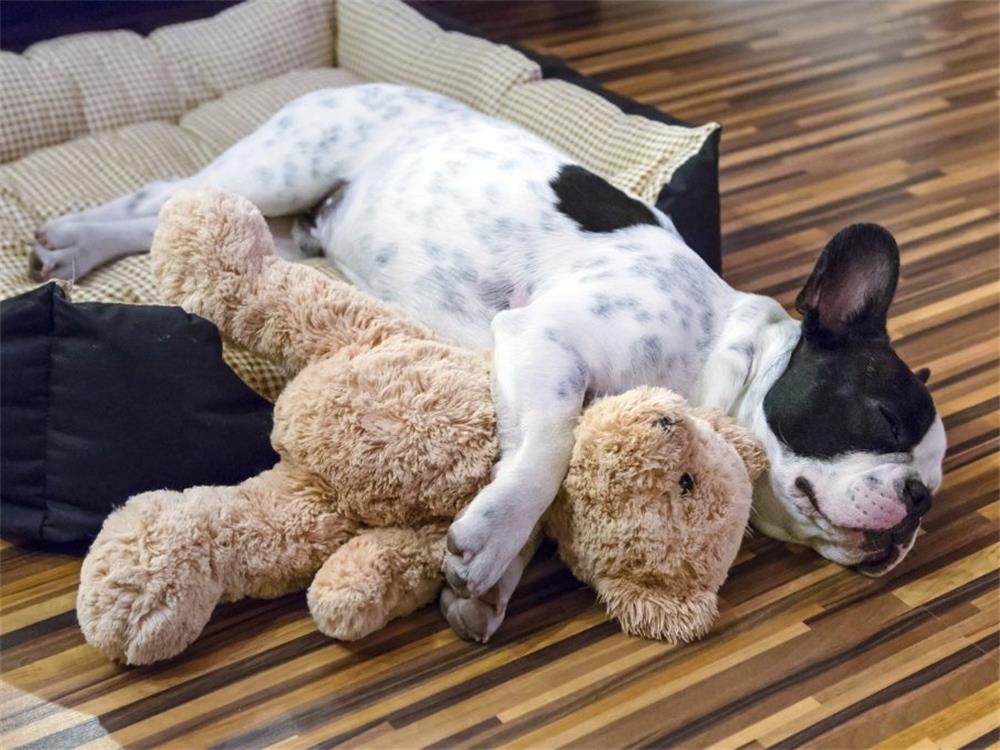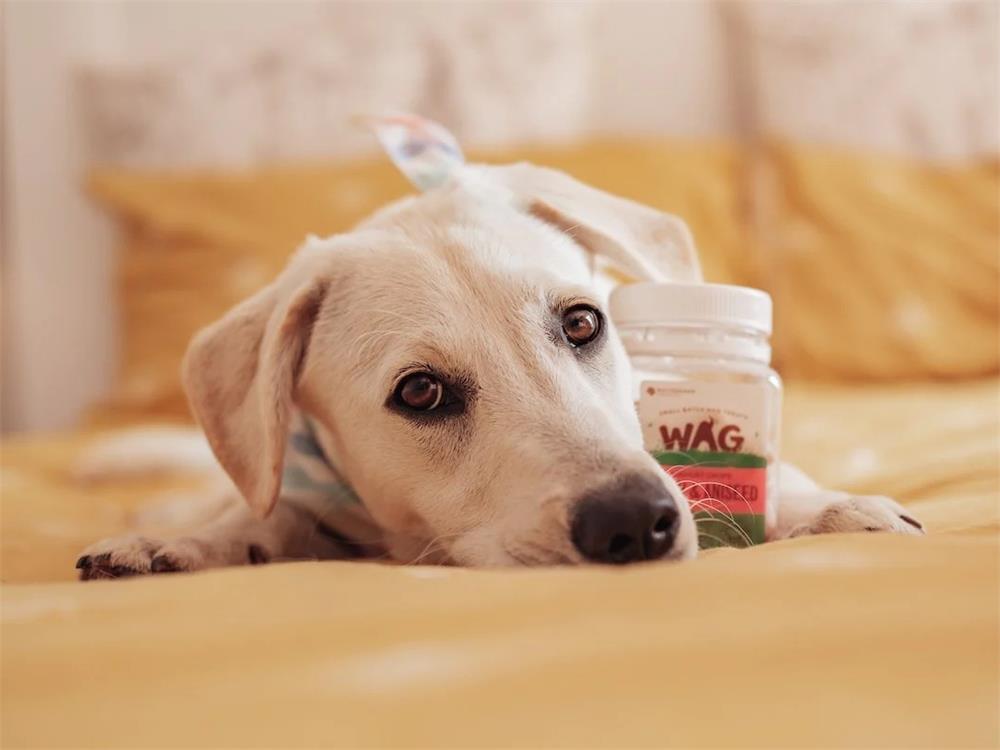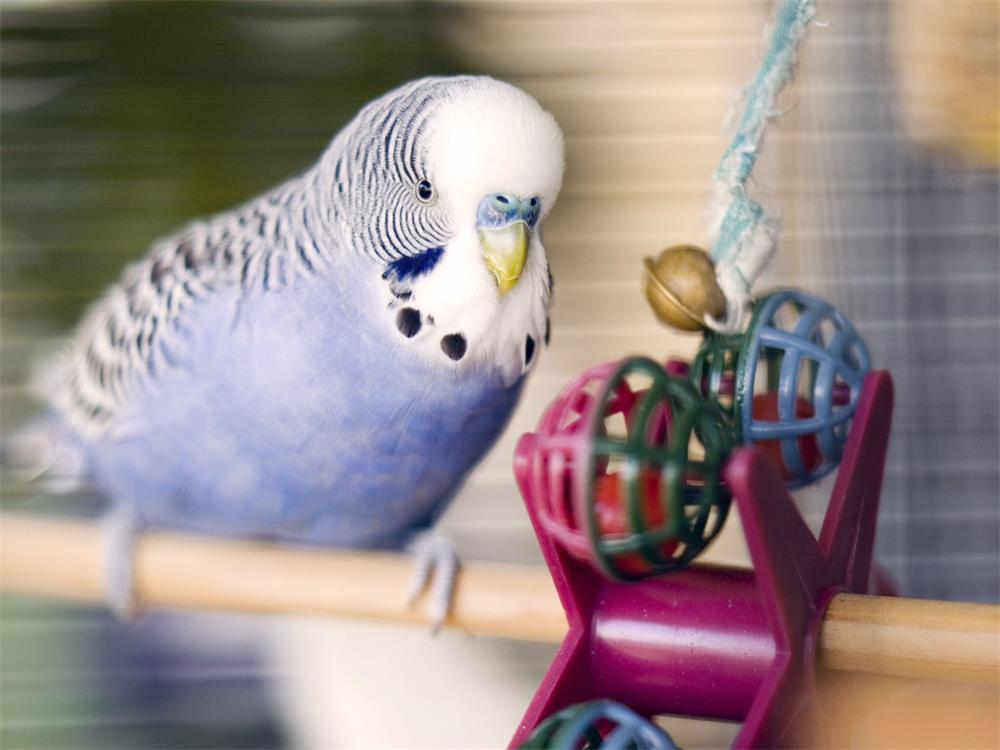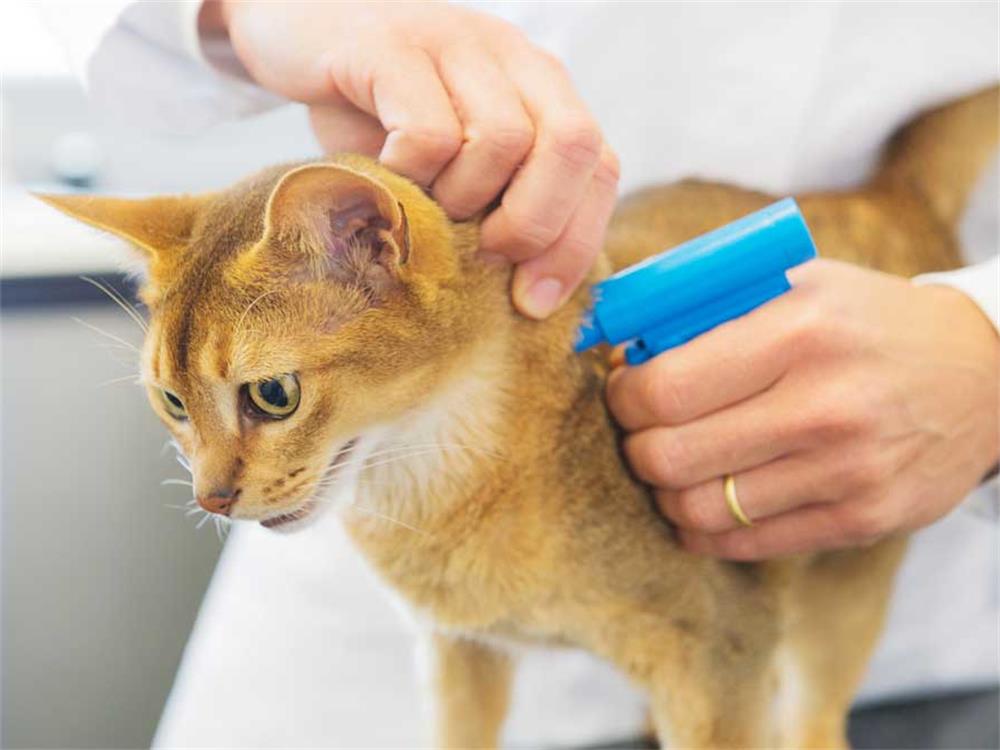Contents
Pets are more than just animals; they are our loyal companions, our furry friends, and our family members. They deserve a living space that is safe, comfortable, and suitable for their needs. Here are some tips on how to create a pet-friendly environment in your home.
Choose the right fabrics
Pets love to snuggle on soft surfaces, but they can also leave behind fur, dirt, and stains. To keep your furniture clean and durable, choose fabrics that are easy to wash, scratch-resistant, and match your pet’s color. Some good options are:
- Faux leather and ultrasuede for upholstery
- Machine washable faux fur throws for sofas and beds
- Patterns and tweeds for hiding shedding
- Cotton or linen for curtains and cushions
Use wipeable wallpaper and paint finishes
Pets can also make a mess on your walls, especially if they shake off water, scratch, or rub against them. To protect your walls from damage and dirt, use wallpaper and paint finishes that are not delicate and can be easily cleaned. Some good options are:
- Commercial-grade wallpaper that is wipeable
- High-gloss paint that is easy to clean
- Semi-gloss or satin paint that is more durable than flat or matte paint
Opt for wood or tile flooring
Carpets can be a nightmare for pet owners, as they can trap odors, stains, allergens, and bacteria. They can also be damaged by pet claws and chewing. To make your flooring more pet-friendly, opt for wood or tile flooring that is:
- Easy to sweep or vacuum
- Resistant to scratches and stains
- Cool and comfortable for pets to lie on
Avoid toxic plants and chemicals
Pets are curious creatures, and they may try to nibble on plants or lick cleaning products that are harmful to them. To prevent poisoning or irritation, avoid toxic plants and chemicals in your home. Some common ones to avoid are:
- Snake plants, hydrangea, tulips, lilies, and other poisonous plants for dogs and cats
- Bleach, ammonia, formaldehyde, phenol, and other toxic cleaning chemicals
- Essential oils, candles, air fresheners, and other strong-smelling products
Instead, choose plants that are safe for pets, such as roses, violets, sunflowers, and spider plants. Use natural or pet-safe cleaning solutions, such as vinegar, baking soda, hydrogen peroxide, or DIY recipes. Use unscented or mild-scented products that do not irritate your pet’s nose.
Provide a cozy and secure space for your pet
Pets need a space of their own where they can relax, sleep, eat, drink, and play. To create a cozy and secure space for your pet in your home:
- Choose a low-traffic area that is quiet and away from distractions
- Provide a comfortable bed or crate that is the right size for your pet
- Provide food and water bowls that are clean and accessible
- Provide toys and treats that are safe and fun for your pet
- Provide a litter box or a doggie door for your pet’s bathroom needs
Conclusion
Creating a safe and comfortable living space for your pet is not only beneficial for their health and happiness but also for yours. By following these tips, you can make your home a welcoming place for both you and your furry friend.







